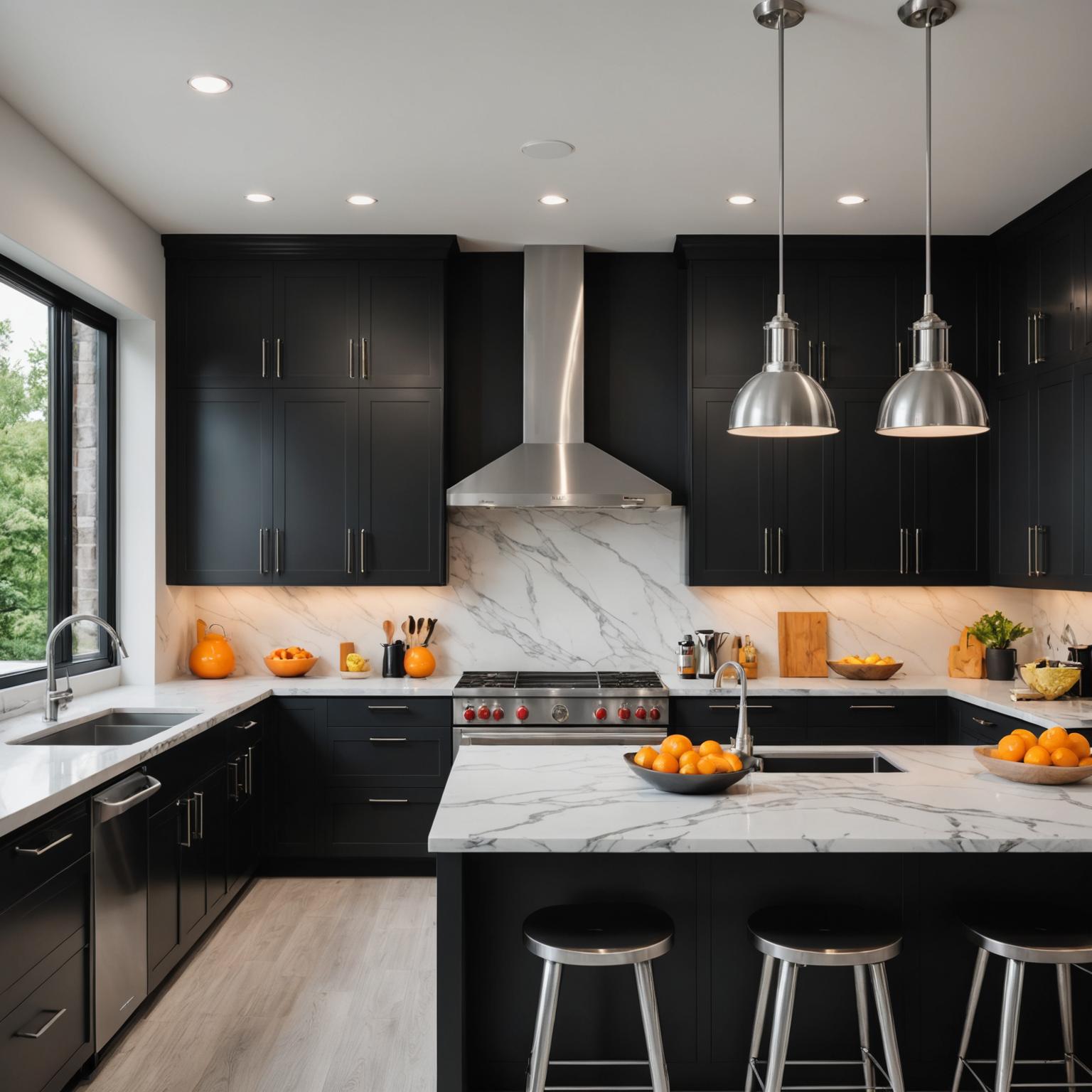Choosing the Right Material for Your Kitchen Countertops: 304 or 316?
When designing a kitchen that exudes elegance and sophistication, selecting the right material for your kitchen countertops becomes crucial. Among the options, stainless steel grades like 304 and 316 stand out for their durability and sleek appearance. These materials not only enhance the aesthetic appeal of a kitchen but also offer exceptional performance in culinary tasks, making them a staple choice for modern chefs.

Understanding Stainless Steel Grades: 304 and 316
304 stainless steel is often lauded for its versatile and cost-effective nature. It contains high levels of nickel and chromium, providing good corrosion resistance and ease of fabrication—a vital feature for countertops that will encounter frequent use and exposure to various substances. In contrast, 316 stainless steel boasts a higher molybdenum content, enhancing its resistance to chlorides and harsh environments. This grade is particularly beneficial in households where countertops might face exposure to saline conditions or frequent spills.
Kitchen Countertops: Which One is Better?
The choice between 304 and 316 for kitchen countertops ultimately hinges on specific preferences and functional needs. If your kitchen is more focused on style, affordability, and everyday use, 304 stainless steel might be the ideal choice. However, if durability and enhanced corrosion resistance are top considerations—particularly in coastal regions or homes that frequently use acidic or salty ingredients—316 stainless steel would be advantageous.
Properties and Cost Considerations
Both grades exhibit excellent thermal properties, but 316 is often preferred for its superior anti-corrosive abilities. It is worth noting that the higher molybdenum content of 316 makes it slightly more expensive than 304. However, investing in 316 could be a pragmatic choice for the long-term maintenance of the countertop’s appearance and functionality.
Conclusion
In conclusion, both 304 and 316 stainless steel offer distinct advantages that cater to different kitchen environments. Whether you're crafting gourmet meals on elegant marble-adorned islands or experimenting with new recipes under stylish pendant lights, the choice between these two materials should align with your personal lifestyle needs and budget constraints. Ultimately, the decision should contribute to creating a kitchen space that speaks to both style and practicality, complemented by innovative technologies and a luxurious ambiance.








